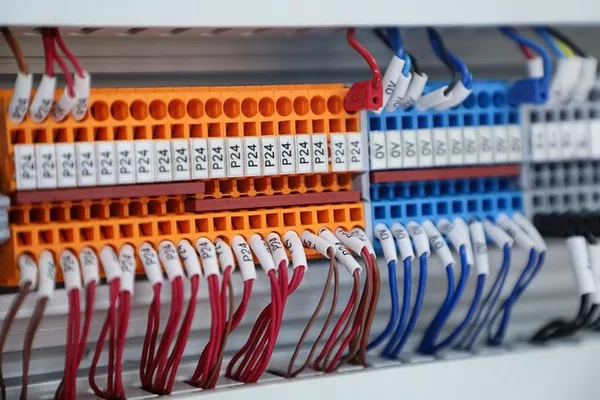Using electrical equipment is an integral part of modern living, from household appliances to office machinery. However, ensuring the safety of these devices is paramount to prevent accidents and potential hazards. In this comprehensive guide, we outline essential pre-use checks that you should perform before using electrical equipment, whether at home or in a professional setting.
1. Visual Inspection: A First Look
Begin by conducting a visual examination of the electrical equipment. Inspect the power cords, plugs, switches, and outlets for any signs of damage, such as frayed wires, exposed conductors, or scorch marks. Look for loose or missing parts, and ensure that the equipment is free from any foreign objects that could pose a risk.
2. Cord and Plug Assessment: The Connection Point
Examine the power cord and plug for any signs of wear and tear. Check for cracks, exposed wires, or bent prongs. Make sure that the plug fits securely into the outlet without any wobbling or loose connections. A snug fit minimizes the risk of electrical arcing, which can lead to sparks or fire.
3. Grounding and Polarization: The Right Connection
For equipment with three-prong plugs, verify that the grounding prong is intact and securely attached. This prong is designed to provide an additional layer of safety by redirecting excess electrical currents away from the user. Additionally, ensure that polarized plugs are inserted correctly into the outlet, with the wider blade in the wider slot.
4. Switches and Controls: Functional Integrity
Operate all switches, controls, and buttons on the equipment to ensure they function properly. Make sure that switches move smoothly without sticking or jamming. If the equipment has variable settings, test each level to confirm that adjustments can be made seamlessly.
5. Power On, Test Off: Functionality Testing
Before connecting the equipment to a power source, ensure that it is in the “off” position. Once ready, plug in the device and power it on. Observe its operation, listening for any unusual sounds or vibrations. Confirm that the equipment functions as expected, and promptly power it off for further inspection if you notice any anomalies.
6. Protective Features: Safety Mechanisms
Modern electrical equipment often incorporates safety features such as circuit breakers or ground fault circuit interrupters (GFCIs). Test these features by pressing the “test” button on a GFCI or intentionally overloading the circuit breaker (within safe limits). If the safety mechanisms fail to respond correctly, avoid using the equipment and seek professional assistance.
7. Regular Maintenance: Ensuring Longevity
In addition to pre-use checks, establish a routine maintenance schedule for your electrical equipment. Regularly clean the equipment, paying attention to vents and cooling areas to prevent dust buildup. Lubricate moving parts as recommended by the manufacturer. Keeping your equipment clean and well-maintained enhances its longevity and reduces the risk of malfunctions.
8. Professional Evaluation: Expert Insight
If you have any doubts about the safety or functionality of electrical equipment, it’s wise to seek the expertise of a qualified electrician or technician. Professional evaluation and servicing can identify potential issues that may not be apparent during routine pre-use checks, ensuring that your equipment meets safety standards and operates optimally.
In conclusion
safeguarding your well-being and the integrity of your electrical equipment begins with conscientious pre-use checks. By conducting visual inspections, assessing cords and plugs, confirming grounding and polarization, testing switches and controls, ensuring proper functionality, verifying protective features, and embracing regular maintenance, you establish a robust foundation for safe and efficient equipment use. Remember, your diligence in performing pre-use checks contributes to a safer environment and promotes the responsible use of electrical devices—a practice that benefits both individuals and communities alike.

